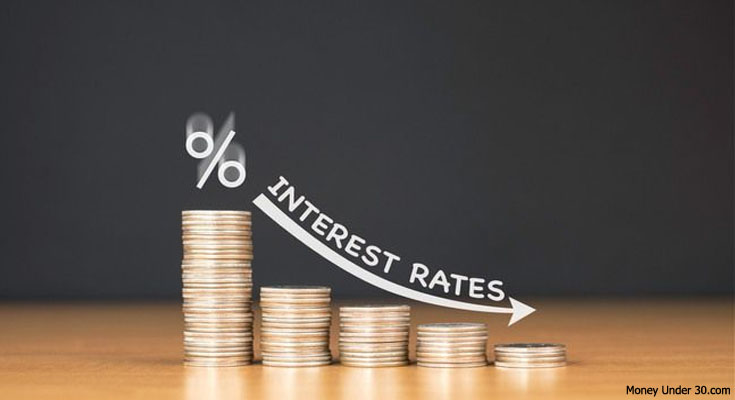In essence, the benchmark lending rate can be described because the rate of interest that the bank has to pay when the institution borrows dollars from a different bank or large corporation. The benchmark price will be to be distinguished from the prime price of your banks, as the latter expresses the minimum and individual interest rate settled by the bank and on top of which the institution areas extra charges determined by the amount of threat from the borrower. The benchmark rate is typically used by banks to decide the realistic prime lending rate (PLR) that they really should charge and it helps calculate other prices of interest.
So that you can recognize the meaning in the benchmark lending price, let’s picture a bank in the U.S. The PLR and American bank sets are normally following the federal fund’s price, established by the Federal Reserve. The Federal Reserve is an institution using the energy to influence the cash supply through open industry transactions. Consequentially, the banks that calculate their PLR utilizing the federal funds rate will have to charge big borrowers an interest rate that was calculated following the Federal Reserve’s set rate. In a nutshell, the value from the prime price is that it’s the decisive aspect regarding the rates of interest borrowers can acquire funds.
So, how are the benchmark rates essentially utilized inside the lending course of action? For starters, any alterations within the federal funds rate will straight impact the skills on the banks to produce cash transfers, as they ought to watch out on making sure they have the right amounts in their reserves. Consequently, when the federal fund’s price increases, then all interest rates on loans provided to buyers plus the return rate on the bank’s deposit certificates, for example, dollars marketplace accounts, certificates of deposit, and savings accounts will stagnate or lower slightly.
Normally, there are two strategies used to calculate the prime lending rates. The first method, which can be rather seldom applied, implies that the prime prices plus the benchmark lending rates are established by the authorities that manage the rates. The second a single is commonly made use of in most nations on the planet and it truly is depending on the industry forces. In brief, the market forces imply the development or contraction from the economy, trade balances, income supplies on the national banks, macroeconomic aspects, and so on.
It can be vital to note that there is some controversy concerning the way the Federal Reserve sets its prime price and hence, influences the PLR with the other banks in the U.S. Fundamentally, the federal fund’s price is definitely an exception and hardly ever set of rules made use of by the Federal Reserve to intentionally affect the economy.
By manipulating the cash flow, normally by escalating the supply in the open trade markets, they may be assuming some substantial dangers, as outlined by some economists. This principle disadvantage from the expansionary monetary policy is the fact that it is prone to add deficits and increase inflation in the economy. In line with the critics of the policy, the economy will stabilize along with the benchmarks that will emerge naturally, despite the financial crises the U.S. and also other nations are facing now.




